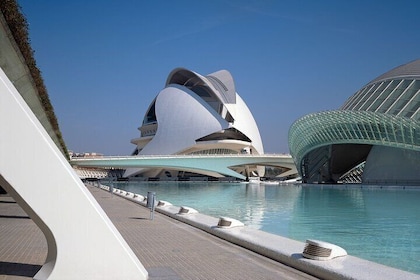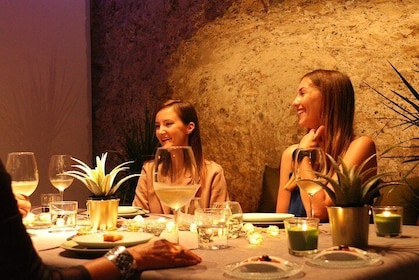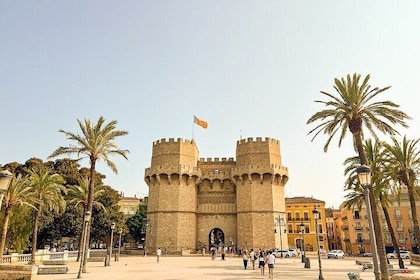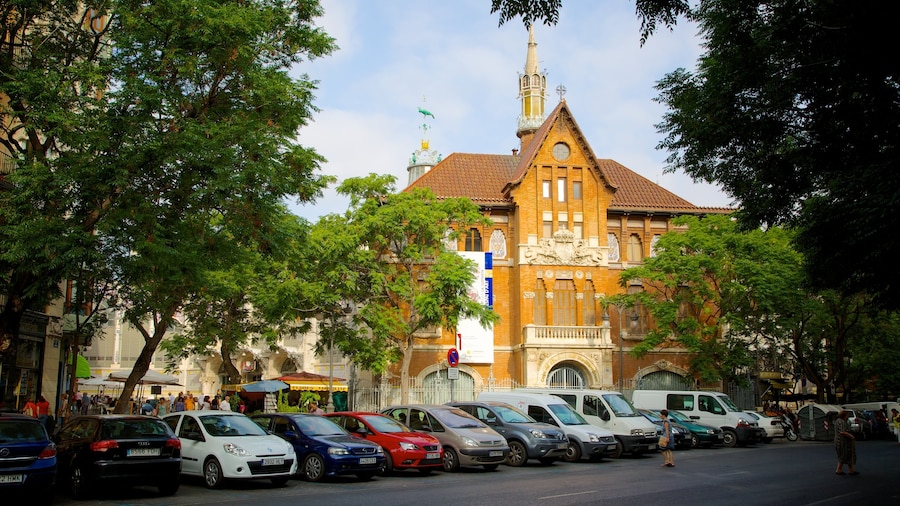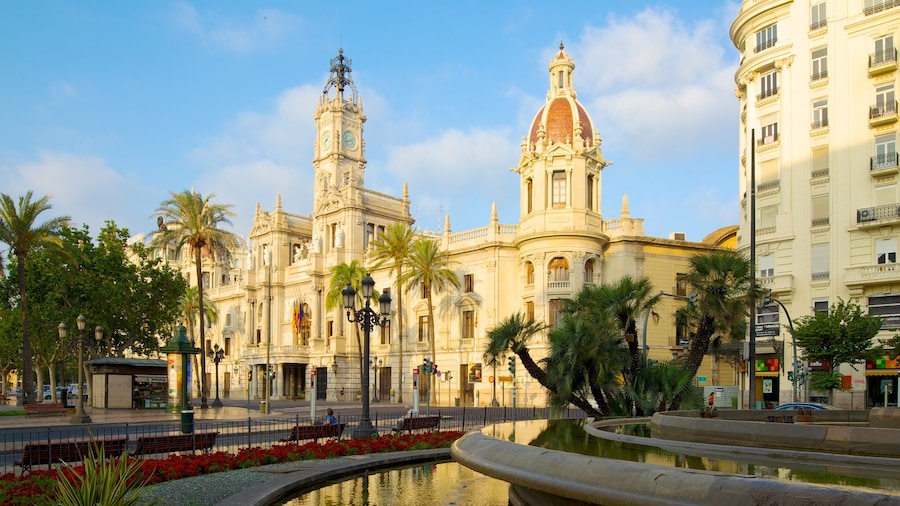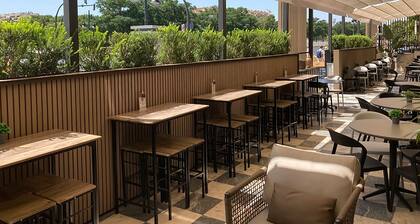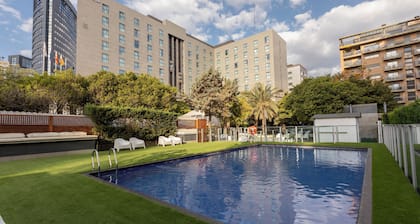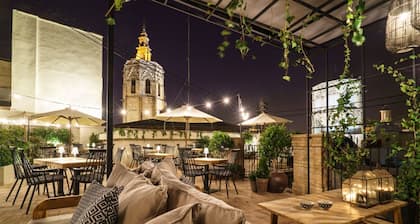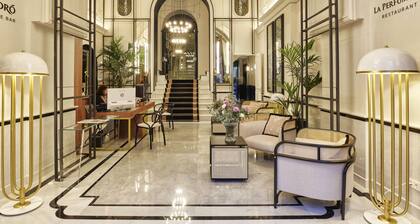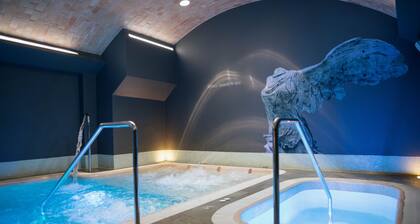La Lonja is a group of buildings that once served as Valencia’s trading exchange for oil and silk. Visit the buildings to see an outstanding example of late-Gothic architecture and intricate Renaissance decorations. Built between 1482 and 1533, La Lonja is now recognized as a World Heritage Site. It serves as a reminder of the affluence and authority of Valencia as one of the great Mediterranean mercantile cities.
Step inside the Sala de Contraction, the main hall where merchants would meet, trade and sign contracts. Walk along five rows of spiral columns that divide the hall into three aisles, all with patterned marble floors. A Latin inscription adorning the walls proclaims the honesty of the former traders.
Off the main hall, access the tower, a multistoried building that includes a small chapel. A helical stone staircase leads to the tower’s upper floors. The first floor once served as a prison for bankrupt merchants. Don’t miss the Consulado building, characterized by intricately decorated windows. Today it is home to the Cultural Academy of Valencia, which puts on exhibitions and cultural activities. Ask at the main entrance for information.
Outside, gargoyles and sculpted busts of Roman emperors and famous figures decorate the building’s facade. Cross the street to the Church of Santos Juanes (San Juan del Mercado) for the best view and good photo opportunities.
Combine a visit to La Lonja with a visit to Valencia’s Central Market. Here, you can experience the sights and smells of one of Europe’s oldest-running food markets. It sits on the former site of a market that had close links with La Lonja’s trading activities.
Located on a medieval street in Valencia’s Old Town, La Lonja is a short walk from major city attractions. Parking is available at Central Market. Alternatively, public buses stop close to the La Lonja's entrance.
La Lonja is open from Tuesday to Sunday. The small admission fee includes a map and explanations in English.






